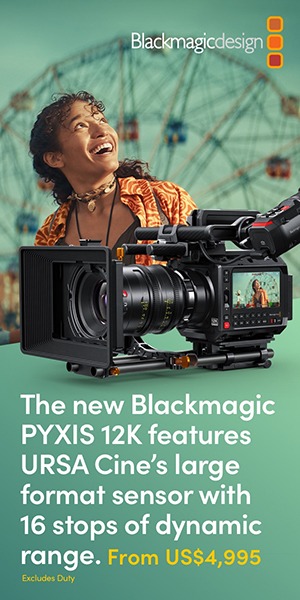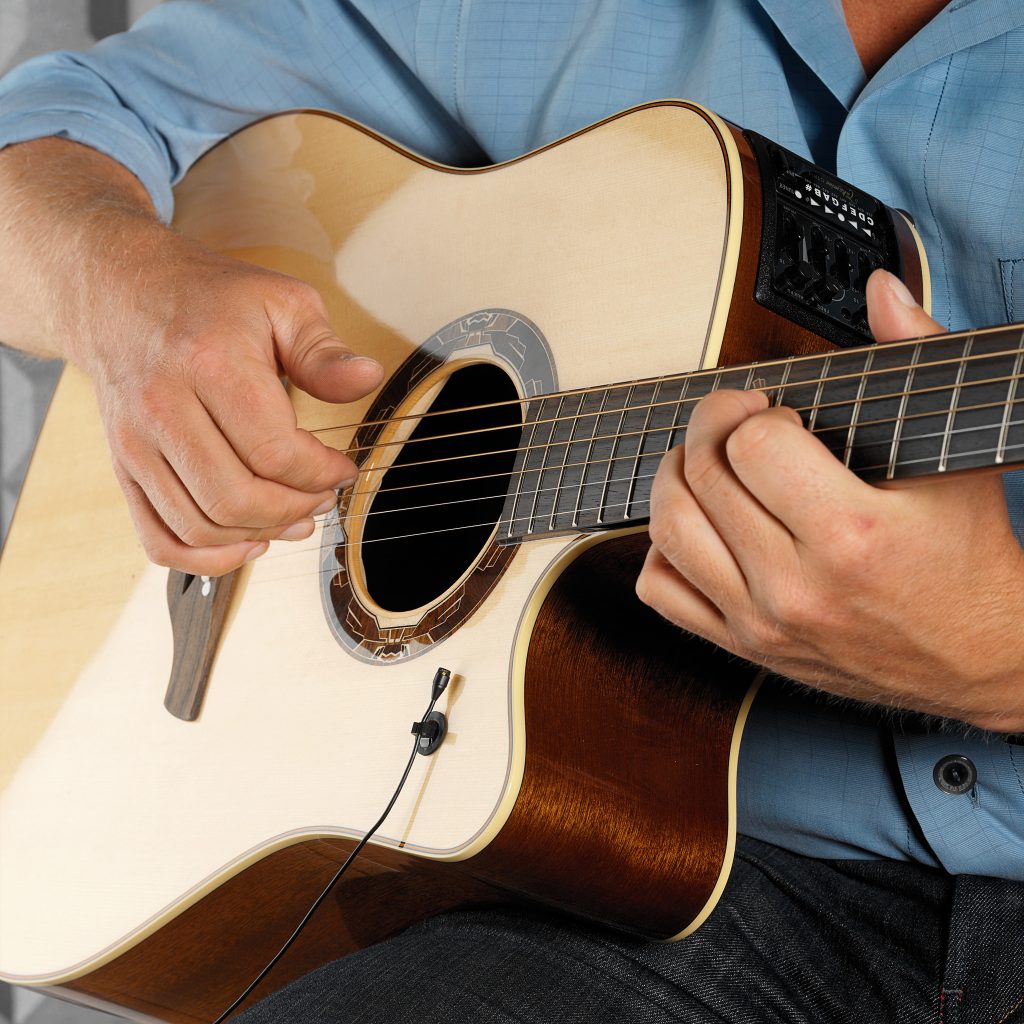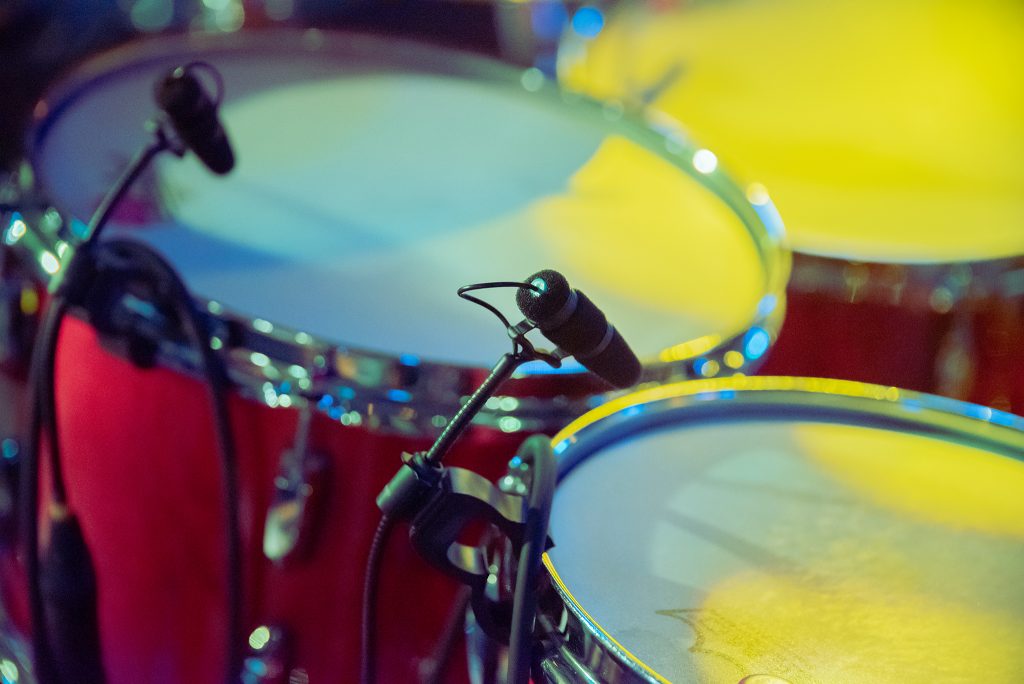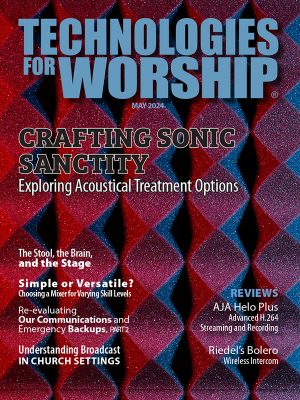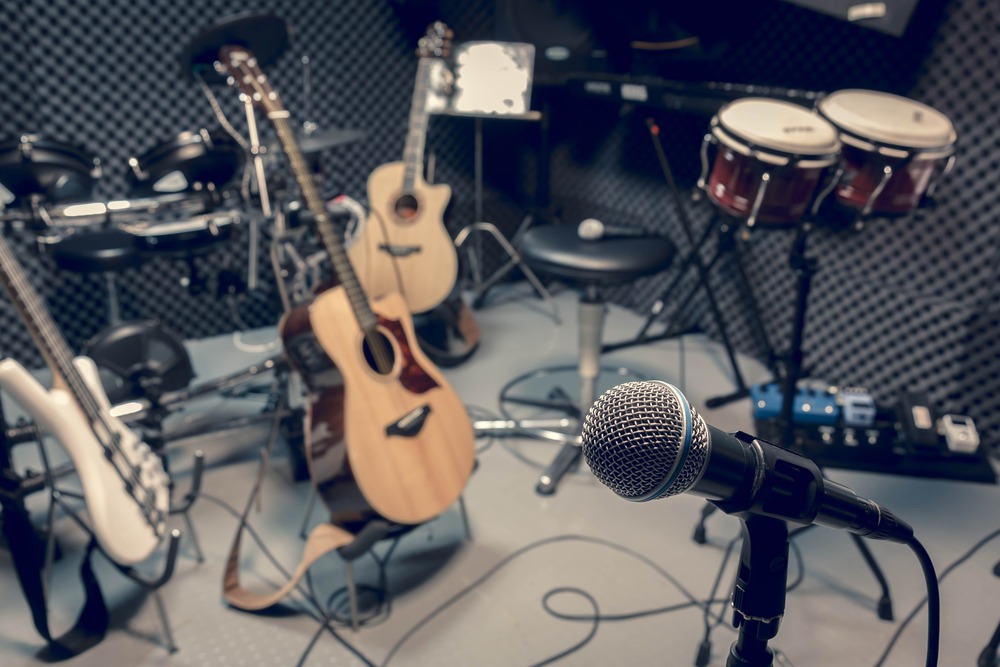
In the vibrant tapestry of worship, melodies and harmonies weave together to create an immersive auditory experience. Capturing the essence of a worship band requires a strategic approach to ensure each instrument and vocal is heard with clarity and richness. This guide delves into the key considerations and techniques for miking a worship band.
Understanding the Worship Band Setup
Before you can mike anything, you need to identify the instruments in the worship band, including vocals, guitars, keyboards, drums, bass, and any additional elements.
It’s important to remember each instrument has unique sonic characteristics requiring specific miking techniques. Understanding microphone polar patterns will help you choose the best microphones for your specific requirements, so it’s important to also know how your worship band uses the stage, including the positioning of instruments and vocalists. Optimize microphone placement to capture a balanced and cohesive sound.
Vocal Microphones
Dynamic microphones are commonly used for live vocals due to their durability and feedback resistance. Condenser microphones may be used for certain vocals requiring a more detailed and sensitive capture. Select microphones based on the vocalists’ styles and the overall sound aesthetic.
Position microphones close to the vocalist’s mouth to ensure consistent proximity and clarity and consider using pop filters to minimize plosive sounds and ensure optimal vocal capture.
For backing vocals, utilize additional microphones, adjusting placement to balance harmonies.
During practices, your vocalists and audio tech can try different microphones and positions to achieve a more harmonious blend.
Instrument Microphones
- Guitars
For acoustic guitars, use a combination of internal pickups and external microphones. For electric guitars, consider close miking the amplifier. Microphone placement is key to capturing the natural resonance and character of the guitar.
- Keyboards and Piano
Utilize direct inputs (DI) for electronic keyboards and consider close-miking acoustic pianos. Balance the direct sound with the ambient characteristics of the piano for a natural and immersive sound.
- Bass
Directly input the bass signal using a DI box and consider using a microphone on the bass amplifier for additional tonal nuances. Blending the direct and miked signals will help achieve a balanced bass sound in the mix.
- Other Instruments
Apply appropriate miking techniques for additional instruments such as brass, woodwinds, or stringed instruments and balance the need for individual instrument clarity with the overall blend of the worship band.
Drum Miking Techniques
- Kick Drum
Position a dynamic microphone inside the kick drum for a powerful and focused low-end capture and experiment with different placements to achieve the desired kick drum sound.
- Snare Drum
Use a dynamic microphone on top of the snare for attack and a bottom microphone for snare wire sound. Adjusting the phase relationship between top and bottom mics will provide optimal snare sound.
- Toms
Place dynamic microphones close to each tom to capture individual drum tones and use rim-mounted microphones for additional clarity and attack.
- Overhead Mics
Using condenser microphones in an overhead configuration captures the overall drum kit. Experimenting with stereo techniques, such as spaced pair or X-Y, achieves a balanced and immersive drum sound.
Wireless Systems for Mobility
Use wireless systems for vocalists and instrumentalists who require mobility on stage, but make sure your wireless mics have reliable signal strength and are compatible with any other wireless systems in use. You don’t want to find out during worship that your wireless mics aren’t working!
Consider providing IEMs for band members to create a personalized mix, reducing stage volume, and improving overall sound control. Investing in a quality monitoring system will enhance communication and coordination among band members and FOH.
Mixing Console Considerations
- Channels and Inputs
Allocate individual channels for each instrument and vocalist on the mixing console and group instruments logically for efficient mixing and sound adjustments.
- EQ and Processing
Applying EQ adjustments enhances the tonal characteristics of each instrument and vocal, while implementing compression, reverb, and other processing as needed helps achieve a polished and cohesive sound.
- Monitor Mixes
Create personalized monitor mixes for each band member based on their preferences and instrument balance, and regularly communicate with the band to address any monitoring issues and ensure optimal performance.
Acoustic Considerations
Evaluate the acoustic characteristics of the worship space to inform microphone placement and sound reinforcement decisions and implement acoustic treatments if necessary to enhance sound clarity and minimize unwanted reflections.
Rehearsal and Communication
Conduct thorough soundchecks and rehearsals to fine-tune microphone placements, monitor mixes, and overall sound balance. Encourage open communication among band members and the audio team to address any challenges or adjustments and establish clear communication channels among band members, sound engineers, and any other involved personnel. The use of in-ear communication systems or other communication tools facilitates real-time coordination during worship services.
Continuous Improvement and Feedback
Conduct post-service evaluations to gather feedback from band members and the audio team and use that feedback to identify areas for improvement and implement adjustments for subsequent services.
Stay informed about advancements in audio technology and consider upgrades where needed to enhance the overall sound quality and capabilities and regularly assess the performance of microphones, wireless systems, and other equipment for potential issues.
Miking the worship band is a delicate art that involves understanding the unique characteristics of each instrument and vocalist, harmonizing their sounds, and delivering a sonic offering that elevates worship experiences. As the worship band becomes a conduit for congregational engagement and spiritual connection, meticulous microphone placement, thoughtful mixing, and continuous improvement contribute to a transcendent auditory journey.

